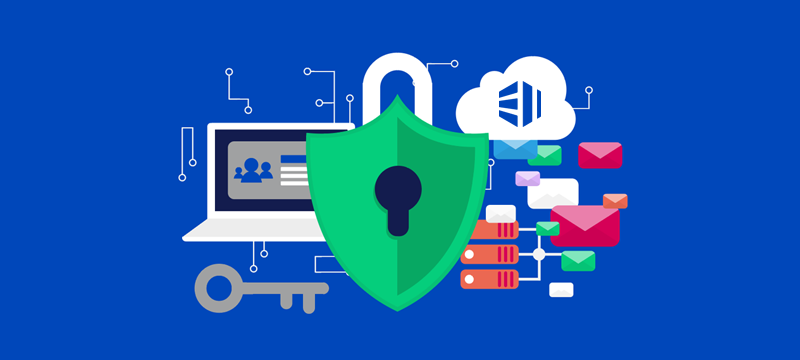The sheer number of data breaches and cyberattacks that take place means that when developing a website, companies need to adopt a security mindset. Failure to do so can have disastrous consequences, including substantial fines, loss of business and reputational damage. Ensuring your website is secure means grappling with a wide range of security issues and in this post, we’ll look at ways you can overcome many of the vulnerabilities that pose a threat.
- A comprehensive security approach
Right at the outset of the development process, there should be a disciplined approach to building a site that is end-to-end secure. This is particularly important when the site is being developed by different teams, each working on separate areas. Even if each team is working with security in mind, doing so without an understanding of what other teams are doing can result in data becoming vulnerable. To prevent this, there needs to be someone with oversight of security so that, once all the separate elements are put together, the final website remains comprehensively secure. - Validate all data
Not validating the data inputted by your users puts your website at risk from various, havoc-wreaking, forms of attack. These include SQL injection, cross-site scripting, command injection and other similar threats. Data validation, therefore, should be built-in to ensure all information inputted is not going to cause harm. - Scan your website from the outset
Scanning is fundamental to ensure your website is secure. It enables you to find previously undiscovered vulnerabilities and security holes so that you can fix them. You should scan regularly during the development process and, once launched, you should continue scanning on a daily basis and after each time you make an update to your website or system. Some web hosts will provide a website scanning service for you. - Update apps immediately and use clean code
Hackers send out millions of bots a day looking for websites using outdated, vulnerable applications they know they can break into. Updating your software to the latest version or applying a security patch removes these vulnerabilities and makes your site safer. Importantly, the sooner you update, the quicker you become secure. Auto-updates are the safest and most hassle-free way to do this.
To reduce the number of vulnerabilities overall, it is always good practice to delete unnecessary data, databases and software from your server.
Website developers should also make sure they do not use applications with known vulnerabilities. Older platform versions, themes, plugins, etc., should be replaced with the latest clean versions prior to being installed. - Use strong passwords
Everyone knows that the sophisticated software used by today’s cybercriminals makes it easy to crack weak passwords. Enabling users to keep default passwords or use weak passwords puts your company at risk of attack. For this reason, there’s no excuse not to enforce strong passwords on your site. Indeed, implementing two-factor authentication where, for example, a code is sent to the user’s phone, can make security significantly tighter. And as virtually everyone has a mobile phone these days, such methods of authentication shouldn’t be too much of a burden on your users. - Rigorous permissions management
The issue with weak passwords is exacerbated when administrator permissions and privileges are not well managed. If these are given to non-essential users and third-parties, the website becomes increasingly vulnerable to attack. Organisations need to have a clear policy in place about how permissions are managed and this should include precautions which ensure that the higher the level of privilege a user has, the stronger their authentication process needs to be. - Encrypt your data
If you store personal data about your users, the best way to keep it secure is to encrypt it. This way, even if your database is breached and the information stolen, the hackers won’t be able to access it. If you sell directly from your website, you should also encrypt the user’s financial data while it is in transit from their browser to your site. This prevents it from being stolen on-route. You can do this by installing an SSL certificate.
Conclusion
Security is essential for all websites in order to protect your company and your users from today’s sophisticated cybercriminals. To make your website secure, you need to put things in place during its development, rather than bolting them on at the end of the process. Hopefully, the points raised in this post will help you develop a secure site of your own.
If you are looking for hosting with a wide range of security features, visit our homepage to see our hosting solutions.


